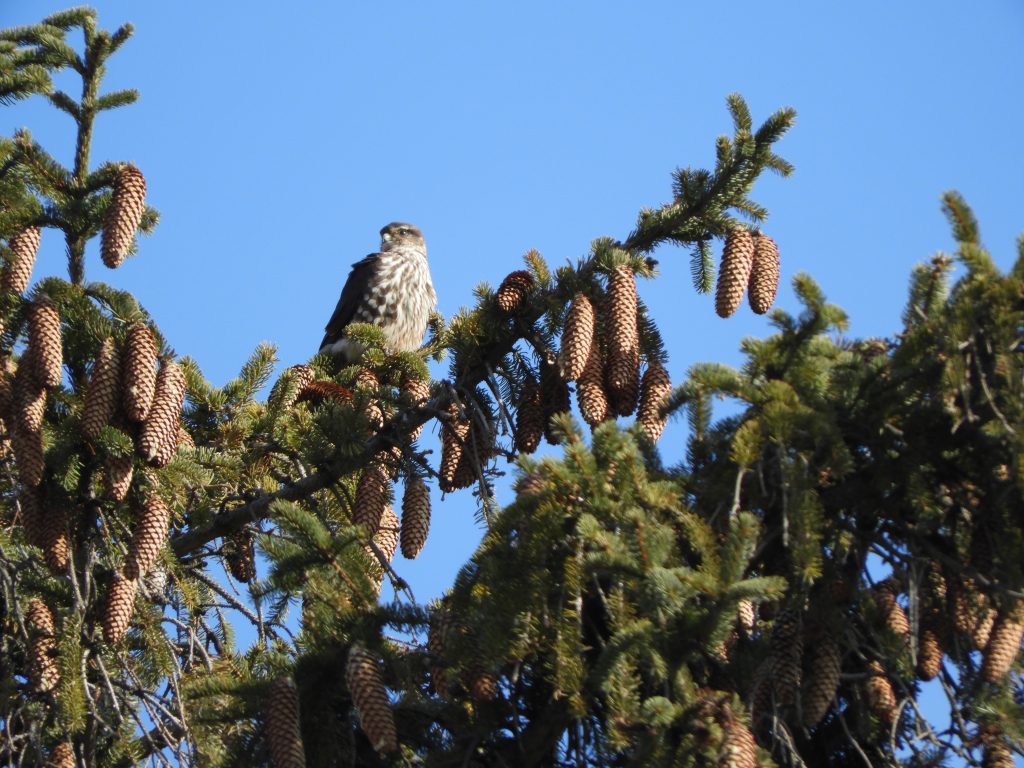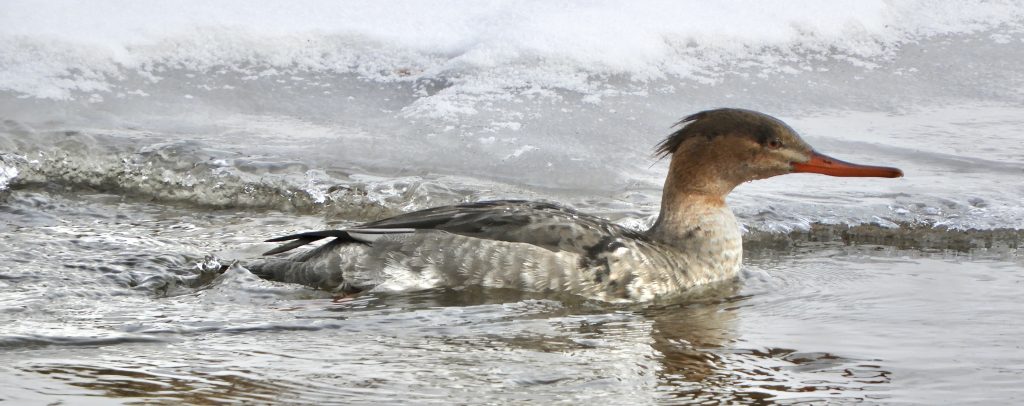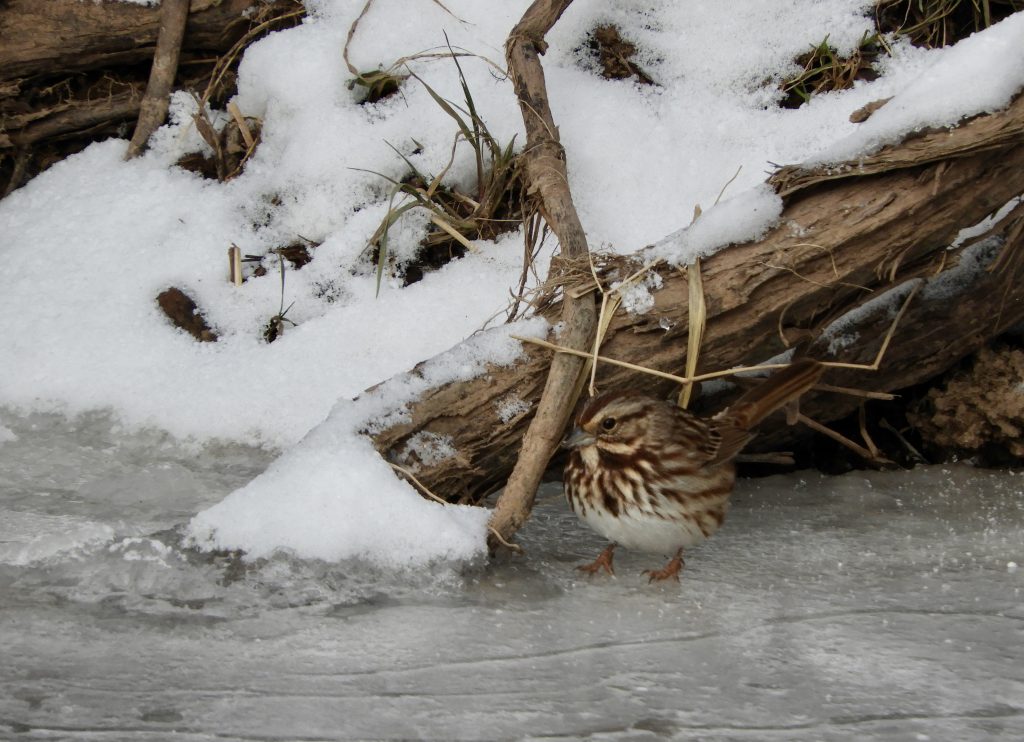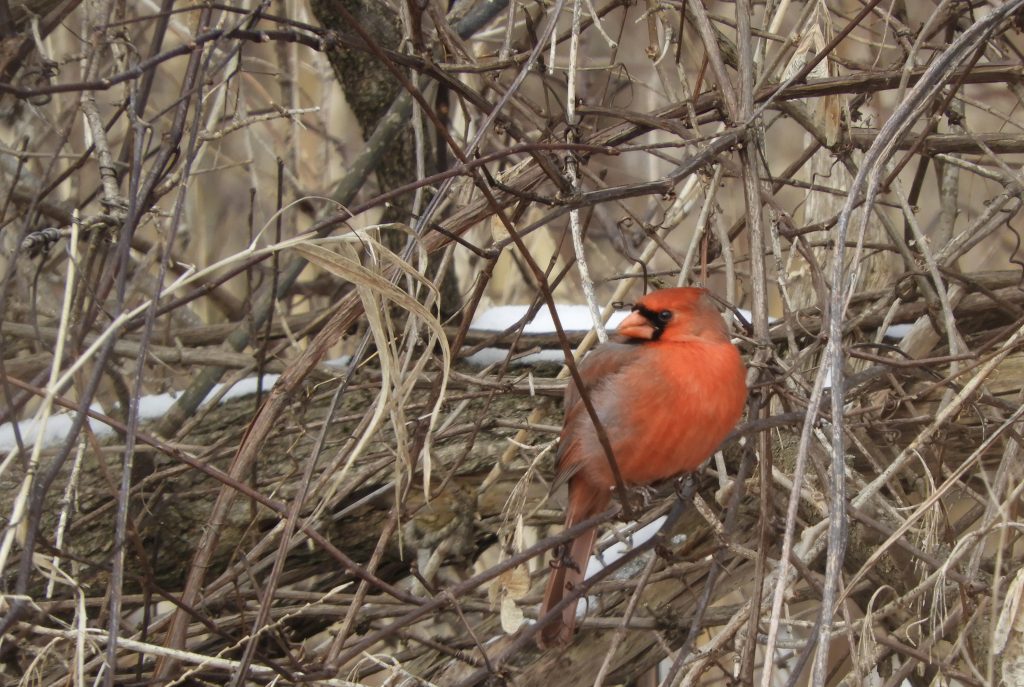 Horta, Faial, Azores Is. Portugal. March 29 2024.
Horta, Faial, Azores Is. Portugal. March 29 2024.
The Azores, a group of volcanic islands in the middle of the Atlantic about half way between mainland Portugal and New York, is not a great birding spot. Geologically the Azores are young, they are a living product of the ever-upwelling North Atlantic Ridge and continue to grow in fiery fits and bursts.
There are few endemic birds here save for some oceanic species like Cory’s Shearwater, Yellow-legged Gull, and, notably, Island Canary. They have several species like Eurasian Blackbird, Blackcap and European Robin that were probably deliberately imported for their song or cuteness. Others, like House Sparrow and Rock Pigeon probably arrived as hitchhikers on trading vessels. I may take some heat for this sweeping view since an on-line search of Birds of the Azores turns up some 430 species, but I’ll bet 400 of those are occasional strays and blow-ins.
I came across a group of Collared Doves today and since there is little avian competition they were quickly My Birds of the Day. They were feeding on spilled grain around the hoofs of a group of cattle in a compound on the edge of the ocean-side town of Horta.
The Collared Dove is one of the great colonisers of the bird world, having spread west from Asia, it first bred in England in the 1950s where it is quite common, it has even reached North America. I can still bring to mind my first sighting of one, very exciting and I think I was about 16.
So super-coloniser Collared Dove is My Bird of the Day. Whether it was a recent stray or a blow-in, I have no idea, but it’s here.
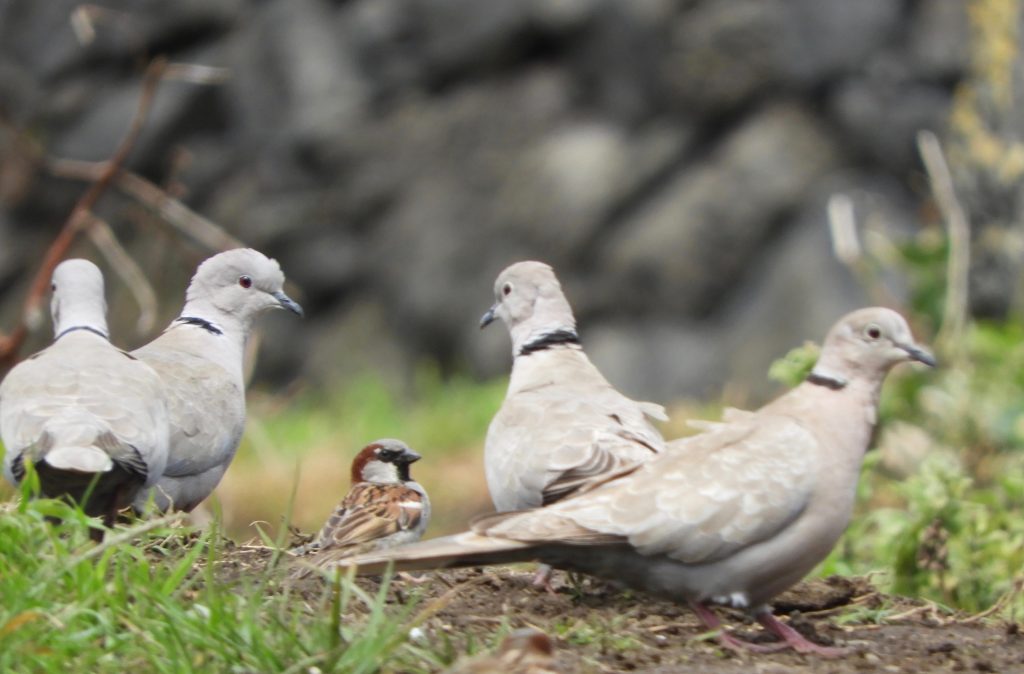
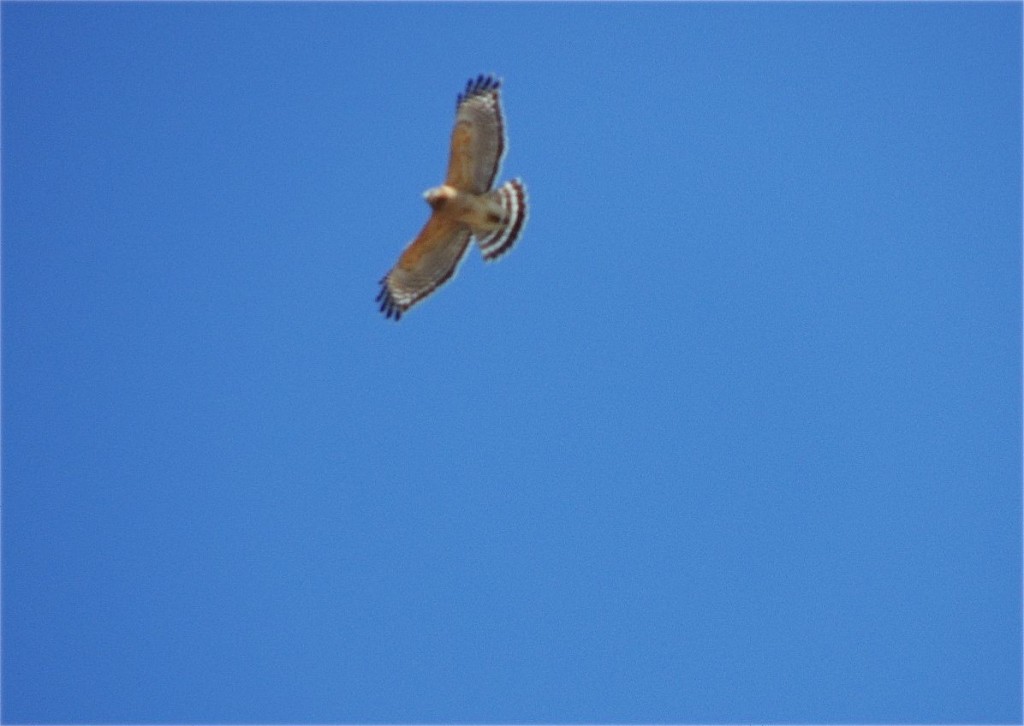
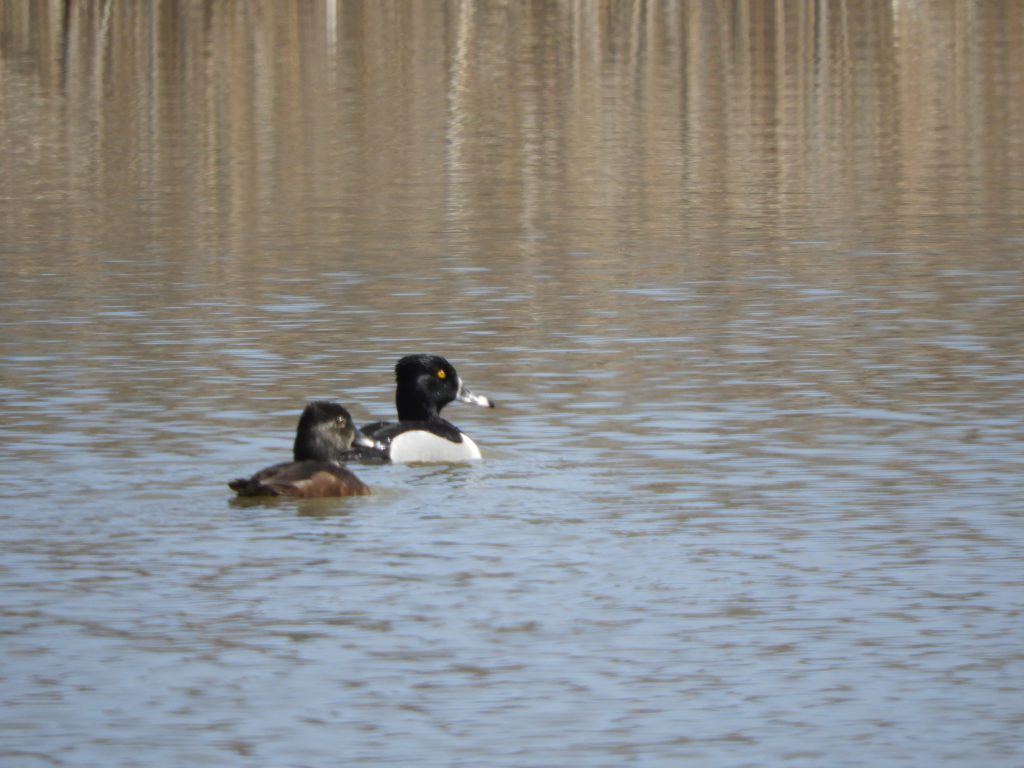
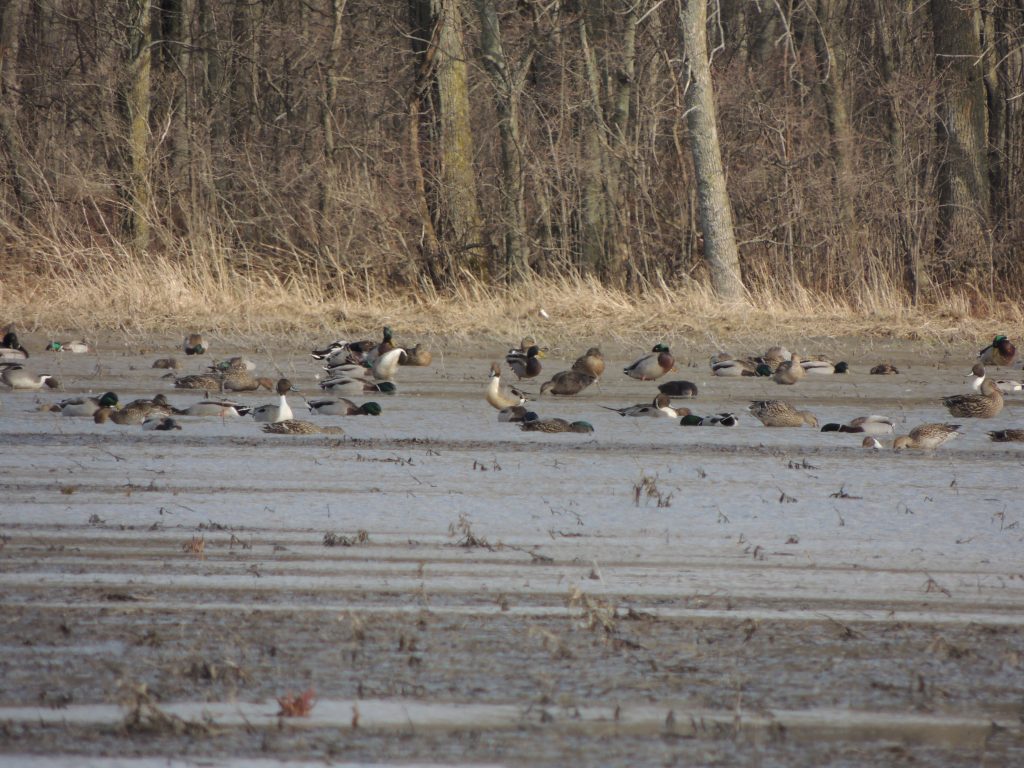
 Dundas, ON. February 26. 2024. Despite some New Year grumbling, this has been a mild winter, so far anyway. Optimism is in the air now buoyed by gentle weather and birders’ reports of early spring arrivals.
Dundas, ON. February 26. 2024. Despite some New Year grumbling, this has been a mild winter, so far anyway. Optimism is in the air now buoyed by gentle weather and birders’ reports of early spring arrivals.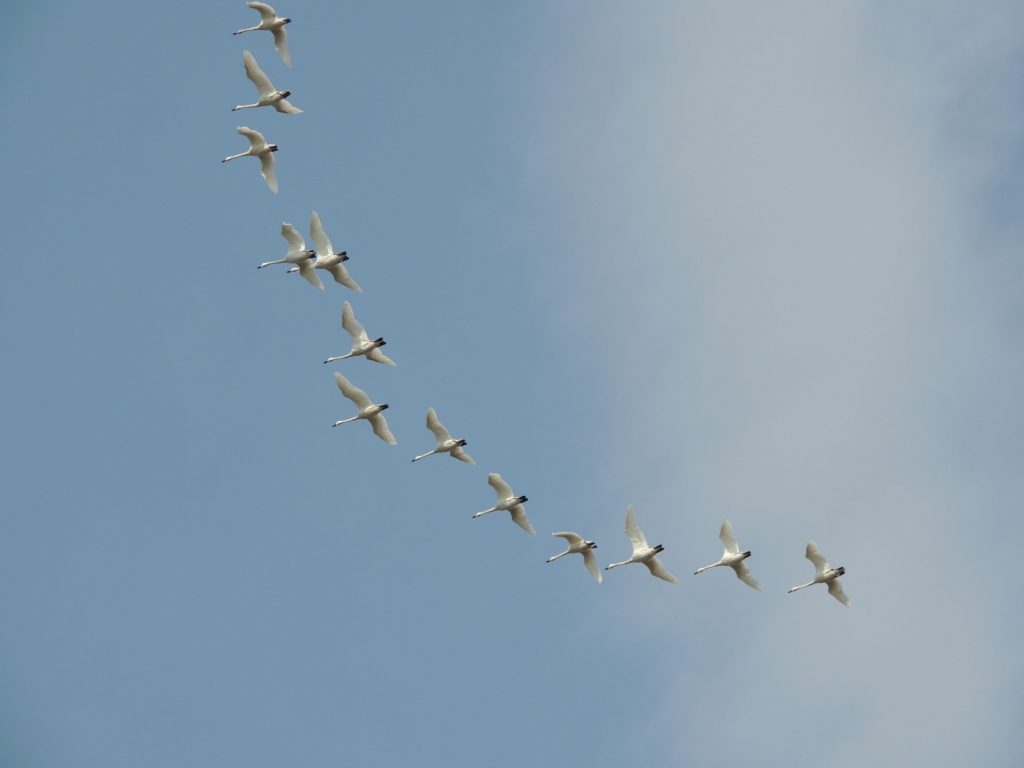
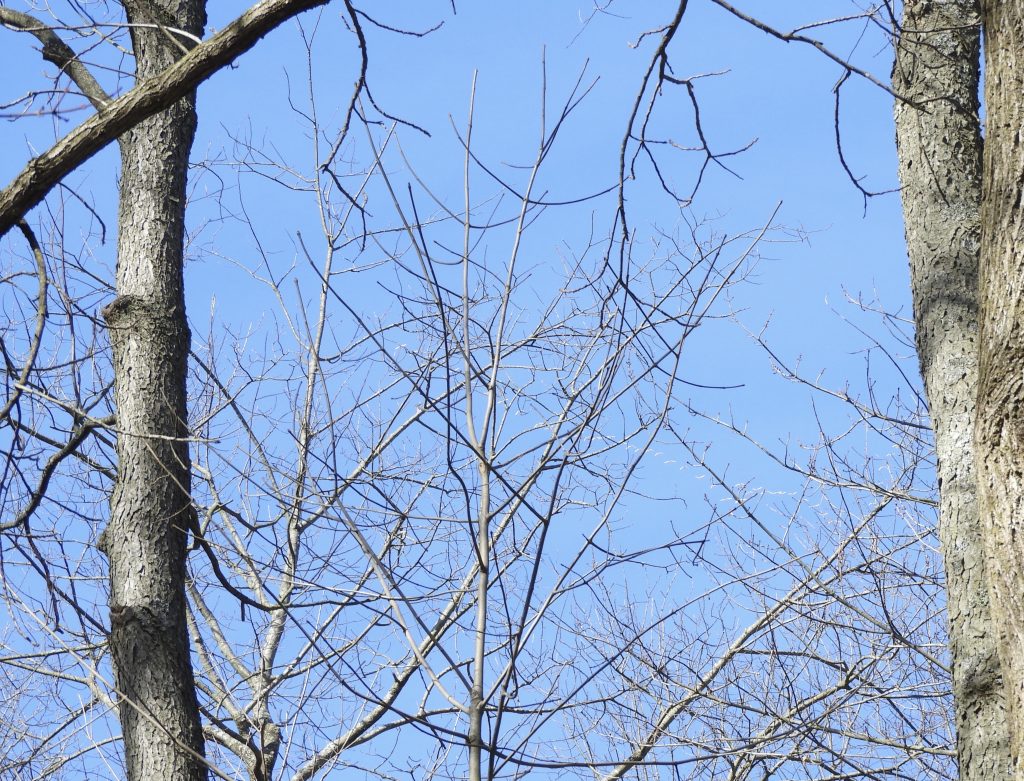
 Burlington. ON. February 21 2024.
Burlington. ON. February 21 2024. 